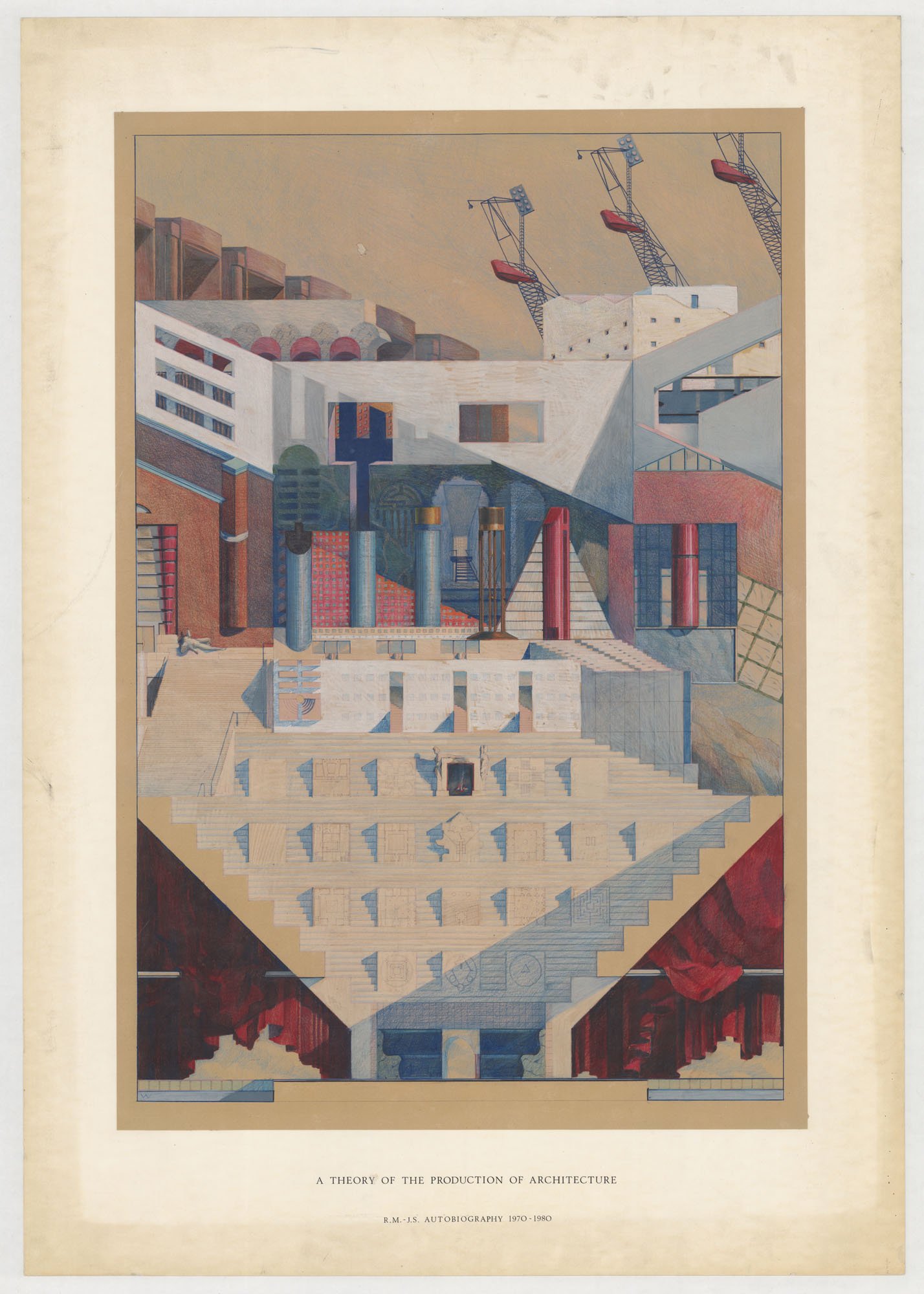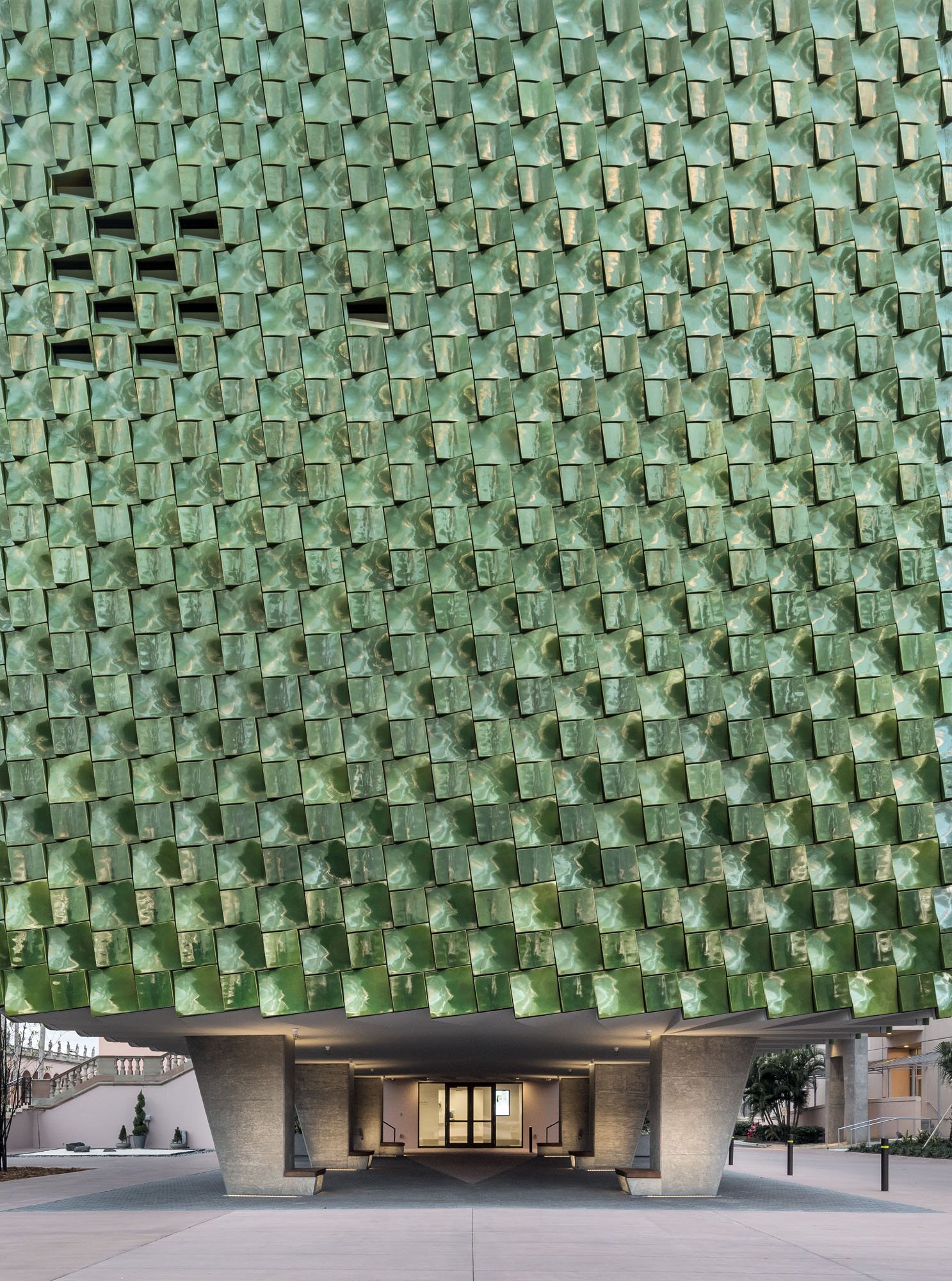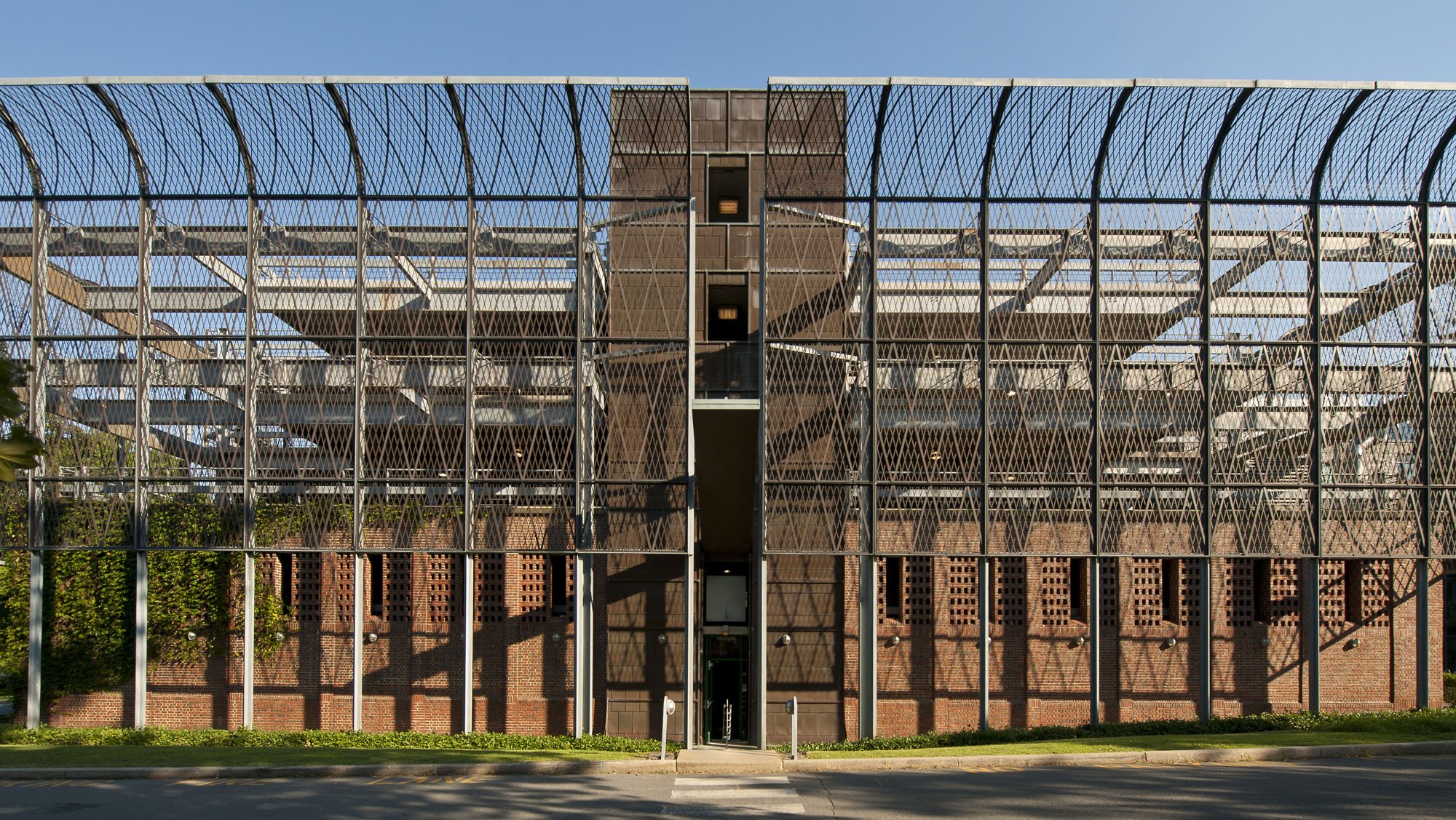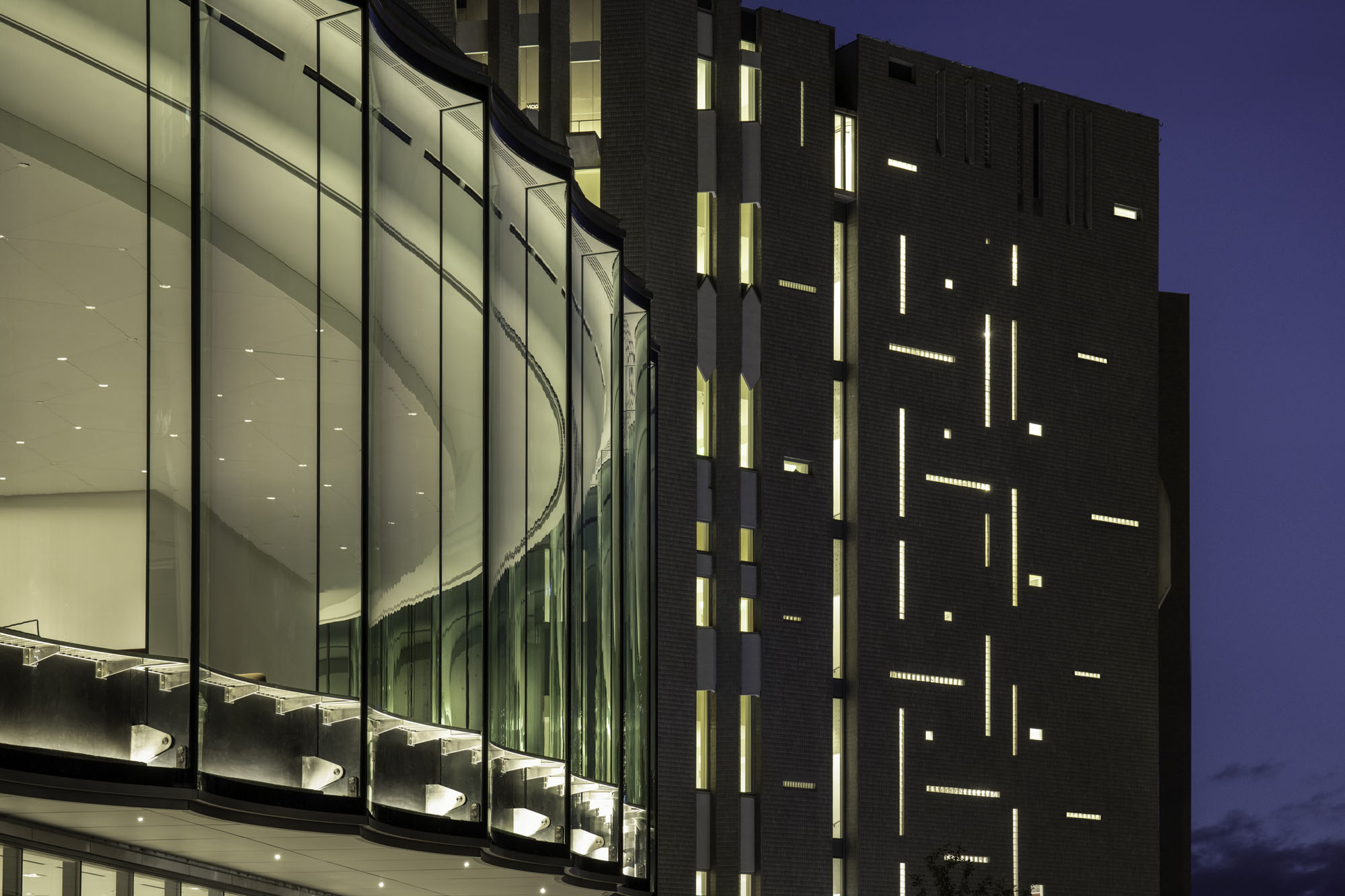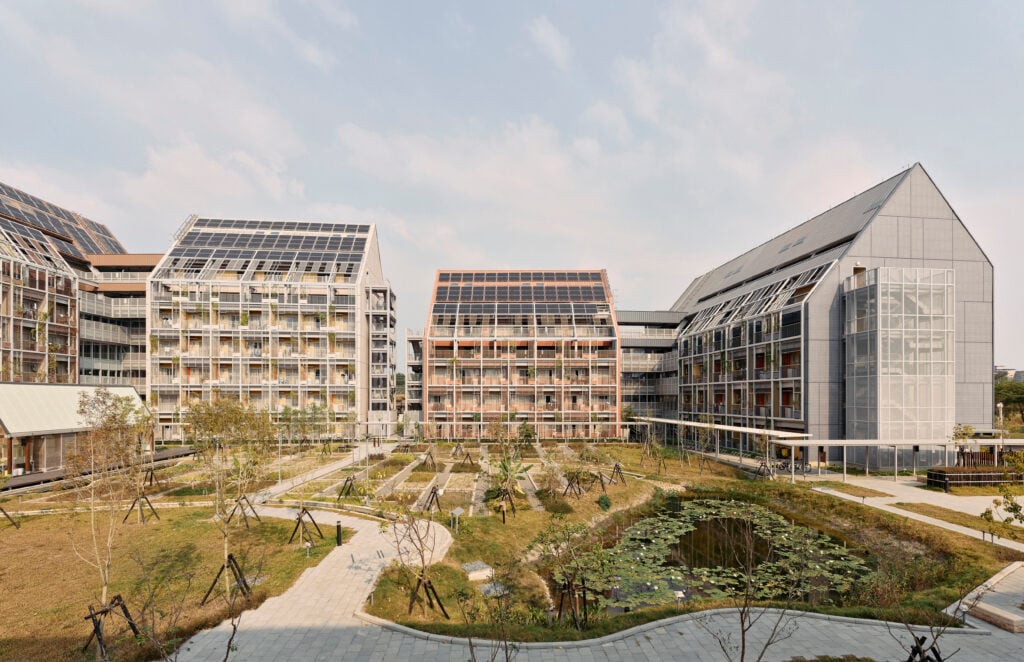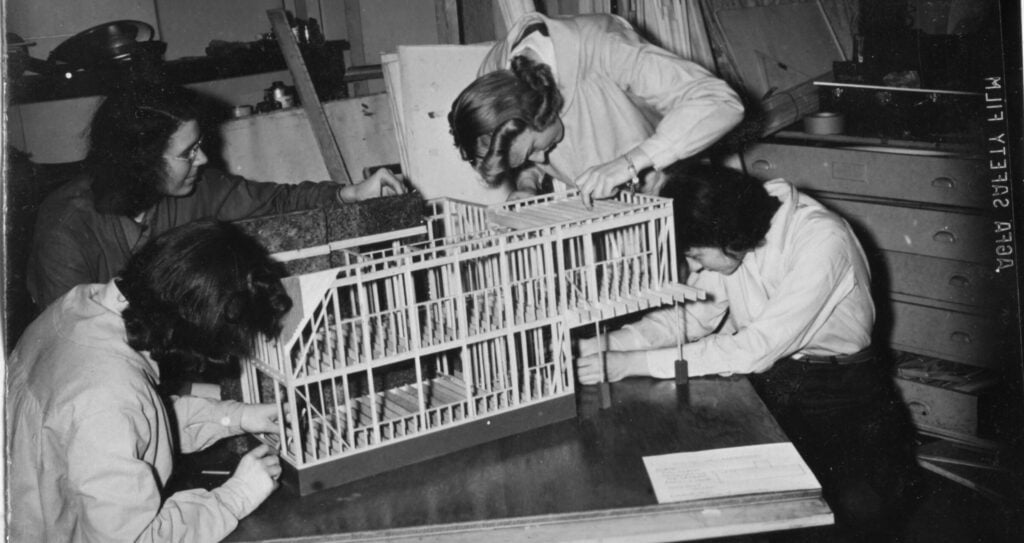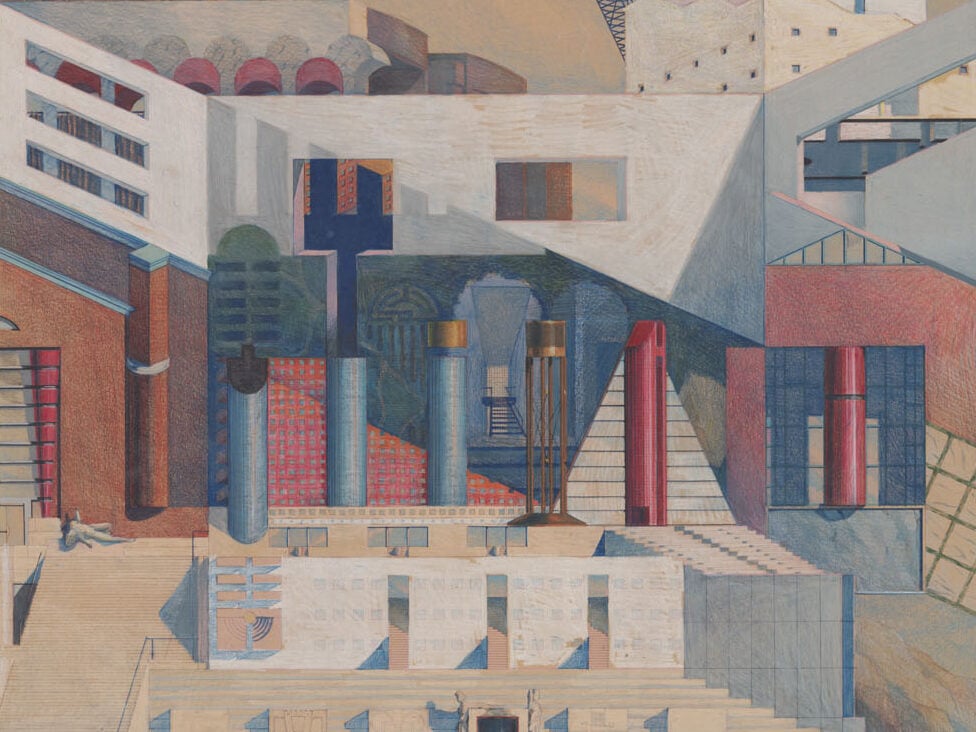
October 4, 2022
Harvard GSD Exhibition Explores the “Unprecedented Realism” of Machado Silvetti
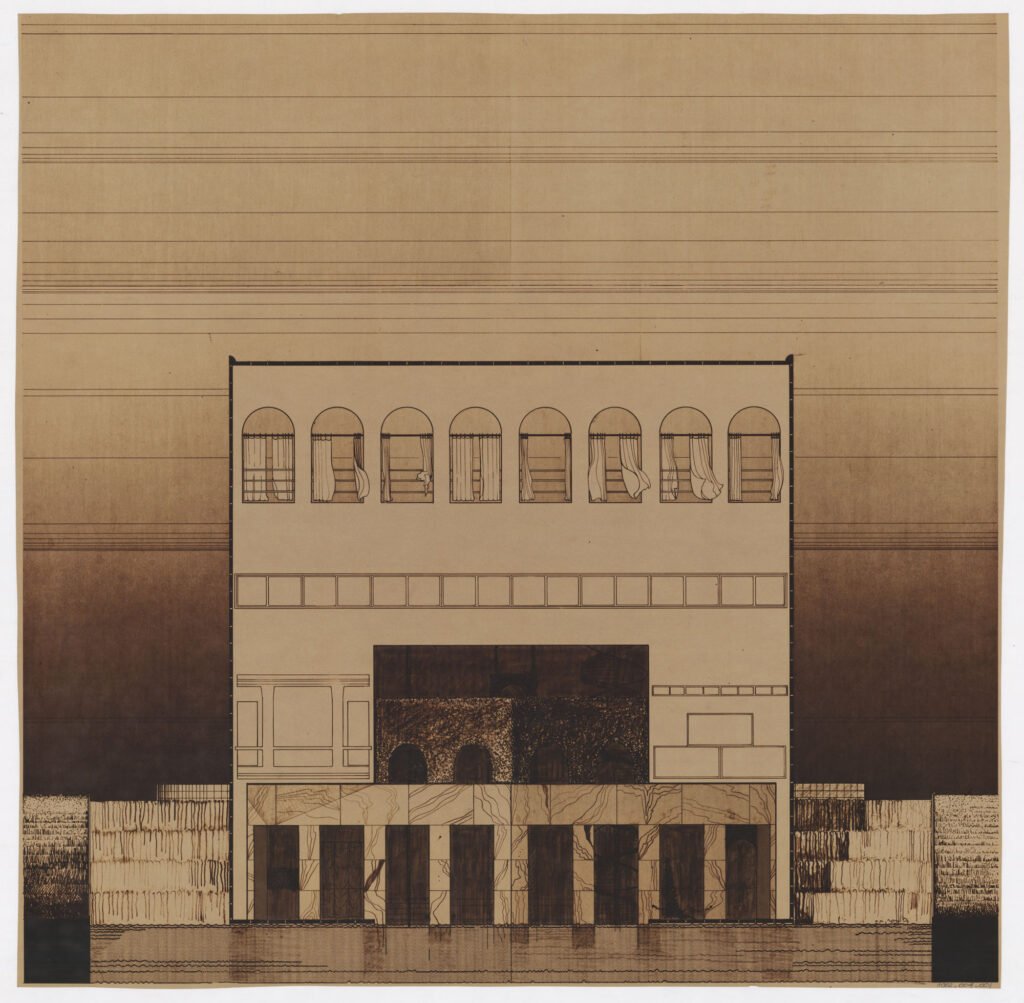
Machado and Silvetti seek to be unbound by convention in their work while still grounded in a reality that allows for design’s utilitarian function, an architecture whose theory is tethered to the successful performance of its final structure. The exhibition title echoes the aspiration of its namesakes. A phrase originally coined by Machado in 1986, “unprecedented realism,” encapsulates the self-referential nature of their work.
Colored by the thinking of the firm, curators Mark Lee, department chair of architecture at GSD, and graduate student Remi McClain poured over the recently acquired assortment to assemble a narrative that performs beyond a simple retelling of the practice’s evolution. The pieces curated from the original collection include the architectural plans, speculative drawings, working documents, models, construction sets, material samples, and mock-ups.
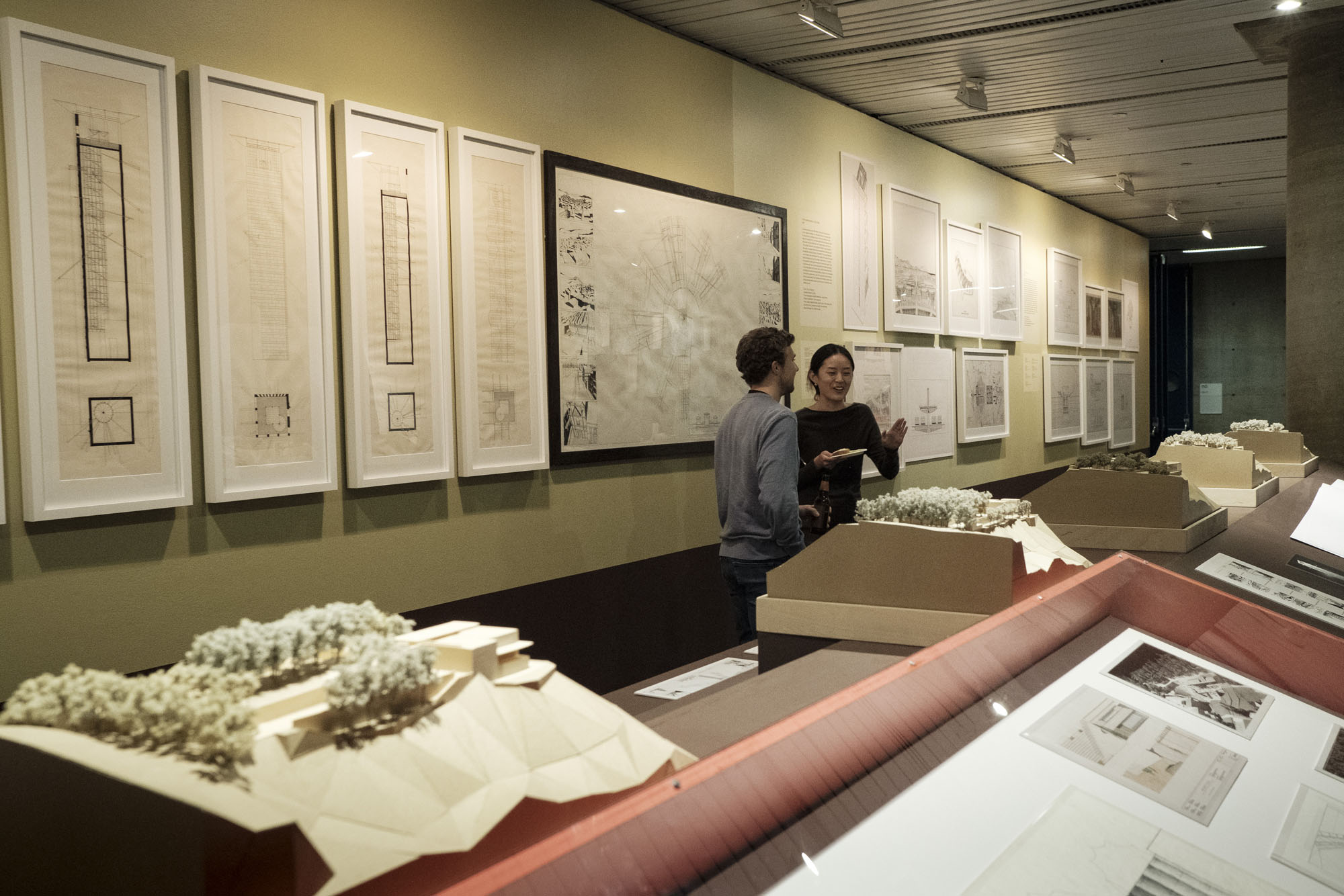
The scope of artifacts, objects, and texts on view are indicative of the design and building practices intrinsic to Machado and Silvetti as well as their shared conviction for the iterative process necessary to move the industry forward in service of society. Visitors are immersed in a physical repository of theoretical explorations as they meander between display cases and pass wall-hanging lithographs, conjectures and the constructed. Selections such as the study “Fountain House” or realized “Country House,” both architectural drawings, are contemplative as much as they are practical studies in construction.
Overall, the show is a testament to MACHADO SILVETTI’s life-long accumulation of production. What emerges is a rigorous practice of preserving and documenting the thought process that drives the discipline, tests theory, and allows the field to evolve while honoring lessons from the past.
Would you like to comment on this article? Send your thoughts to: [email protected]
- No tags selected
Latest
Projects
Taisugar Circular Village is a Model Case Study for Circular Economies
The Taiwanese project by Bio-architecture Formosana claims to be the first residential village in the country to be integrated within a circular economy.
Viewpoints
3 Sustainability News Updates for Q1 2025
Local laws, easy-to-access tools, and global initiatives keep the momentum on green building going.
Viewpoints
Women Architects Struggled to Find a Home Within Modernism
American women offered a counterpoint to the boys club of the International Style, a new book says.



